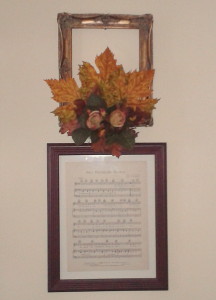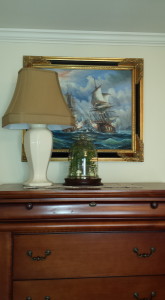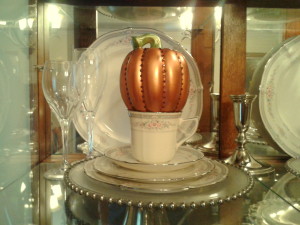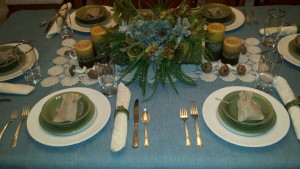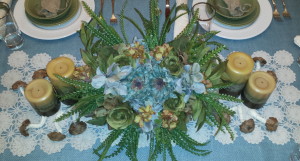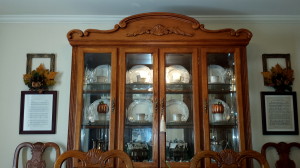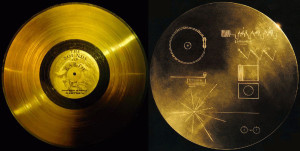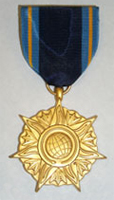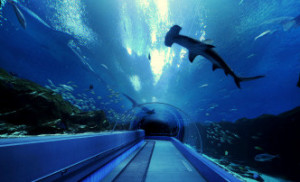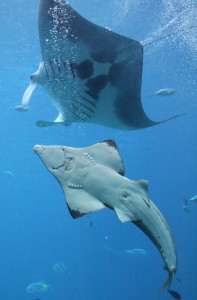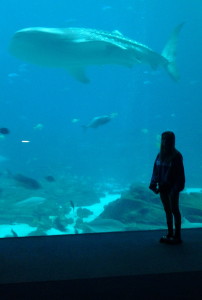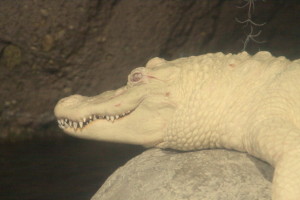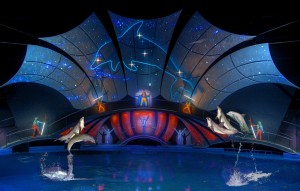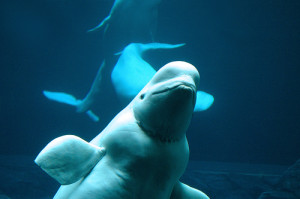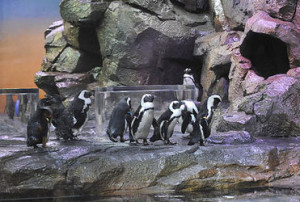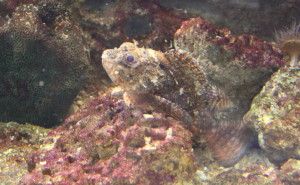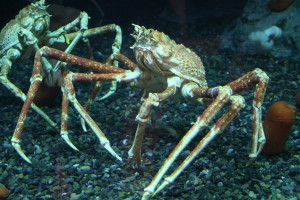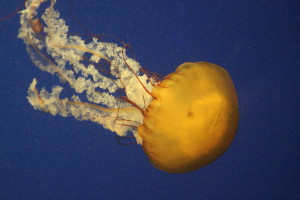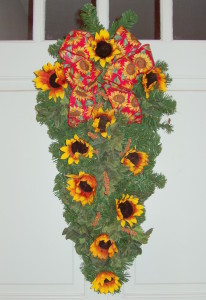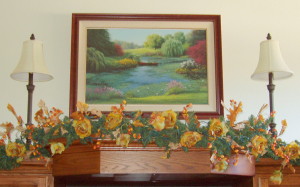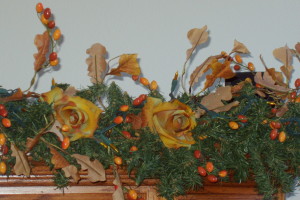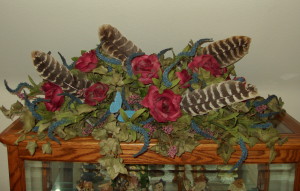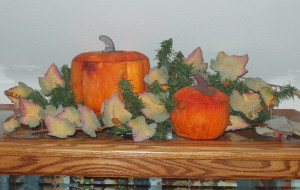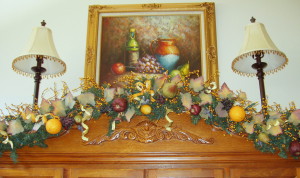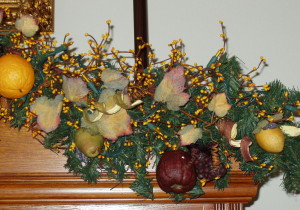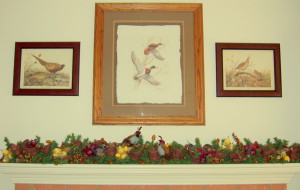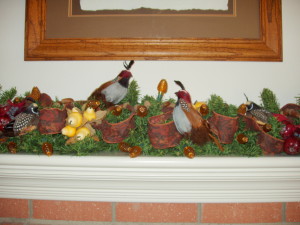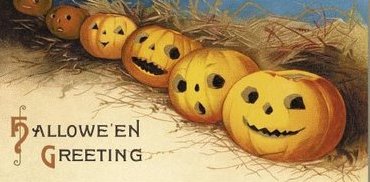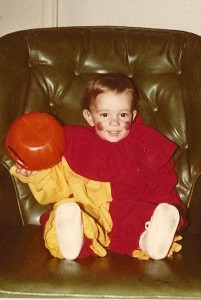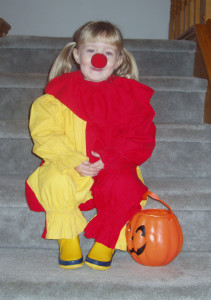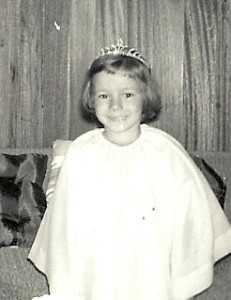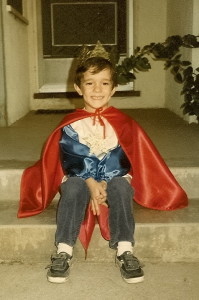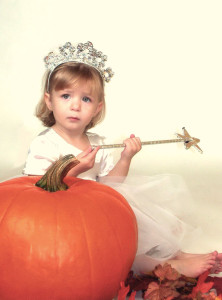This season while shopping at the local craft stores I noticed that many home decorations featured different uses of burlap material. So, this year I decided on a very different style of table for our Thanksgiving dinner. Normally, I would set the table in a very formal style with our beautiful china, silver, crystal and lovely linens. This year the table will be set in a more casual way with rustic decorations incorporating burlap materials and softer colors, such as pale blue, sage green, ivory and brown.
The first of several layers of table linens was an inexpensive ivory tablecloth. Next, I added an overlay of burlap material in a lovely pale blue. This unexpected color for the fall season goes beautifully with the chair pillows and other decorations in our dining room. I was also creating a table centerpiece with artificial hydrangeas in a similar blue color which coordinated with the color of the burlap. To finish the table linens, and too add a touch of softness, I added a vintage crocheted doily in ecru color.
The main decoration of our Thanksgiving table will be one of this month’s craft posts. During the spring my husband/father-in-law were clearing out some of the trees in the forest next to our home and I had them save one of the logs for me. I wanted to use the log as a base for a floral decoration and I thought Thanksgiving would be a great opportunity. I used blue, gold hydrangeas and greenery to create the floral decoration and I found some inexpensive artificial mushrooms at the local craft store and scattered them among several candles placed on either side of the centerpiece. I think the colors I used complement the table linens beautifully! (Please check out the Craft Post, Rustic Table Centerpiece, for a supply list and instructions for the floral decoration)
Next, I set each place setting with an ivory dinner plate, another smaller green plate, green salad bowl, silverware and glassware. I used an ivory napkin with a green leaf napkin ring and placed a small burlap bag filled with candy into the salad bowl for a party favor. It is always a good idea to have something special for your guests to take home after a luncheon or dinner party … of course for Thanksgiving our guests will also be taking home containers filled with leftover turkey, etc.!
To finish the table decorations I tied two colors of burlap “ribbon” to the dining room table chair backs. I used the traditional brown color of burlap and a sage green color of burlap “ribbon” tied with green string. This was the perfect way to finish the table decorations while adding another rustic element and also another way to incorporate burlap material into the table design.
The other decorations in the room included several glass acorn ornaments hanging from the chandelier on brown ribbons and the gold floral arrangement that is usually displayed on the dining room table throughout most of the year was place on the tea table across the room. In the china cabinet, is a display of three Currier and Ives porcelain houses, small artificial pine trees and figurines set on a silver mirrored tray.
Finally, I would like to mention three craft projects – the first two craft posts are Framed Floral Decorations and Glass Dome Arrangement which were posted in the month of August and one October craft post Jeweled Pumpkins. The Framed Floral Decorations are hung above the side chairs on either side of the china cabinet, the gold roses and autumn leaves are the perfect decorative accent for the holiday. The Glass Dome Arrangement now sits on the tall cabinet across the room and the rustic elements coordinate with the dining room table decorations. The Jeweled Pumpkins are on display in the china cabinet.
